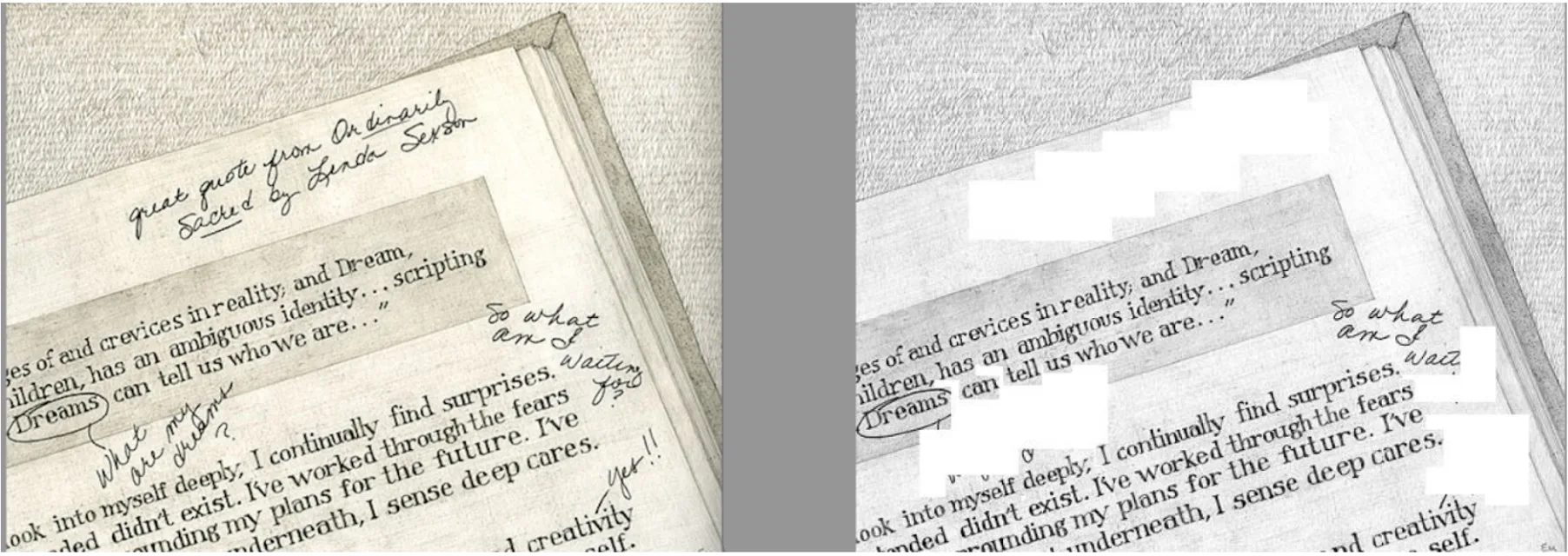In the digital age, efficiently processing handwritten text has become increasingly vital. Whether it involves digitizing historical documents, extracting information from forms, or enhancing user experience in applications, the ability to work with handwritten text is invaluable. However, a common challenge is the ability to enable masking handwritten text effectively for purposes such as privacy protection or data manipulation. In this blog post, we’ll explore a comprehensive approach to masking handwritten text using advanced techniques.
Introduction
Handwritten text poses unique challenges compared to printed text due to variations in handwriting styles, strokes, and sizes. Traditional methods of masking handwritten text often involve manual intervention or simplistic techniques that may not be effective in all scenarios. However, with advancements in machine learning and computer vision, automated solutions have emerged to address these challenges more efficiently.
Our Approach
At SourceFuse, we utilize cutting-edge technologies and innovative algorithms to seamlessly mask handwritten text. Our approach involves several key steps:
- Handwritten Text Detection
We employ the AWS SDK for Amazon Textract, a robust service that allows us to detect and extract text from images, including handwritten text. By leveraging Textract’s capabilities, we can accurately identify handwritten text within images, irrespective of writing style or complexity. - Extraction of Box Coordinates
Upon detecting handwritten text, we extract the box coordinates defining the boundaries of each handwritten word or phrase. These coordinates are crucial for accurately isolating and masking the handwritten text later in the process. - Intersection Analysis
Textract also provides information about printed text within the same image. We utilize this data to identify intersections between the coordinates of handwritten and printed text. By pinpointing these intersections, we can prevent the printed text from being overlaid with the masked handwritten text. - Masking Process
Once we’ve identified the handwritten text and its coordinates, and analyzed intersections with printed text, we proceed to the masking phase. Using sophisticated image processing techniques, we fill the identified handwritten text regions with white, effectively masking them from view. This process ensures that the handwritten text is obscured while preserving the readability and integrity of the surrounding content.
Benefits of Our Approach
Our comprehensive approach to masking handwritten text offers several benefits:
- Accuracy: Leveraging advanced algorithms and machine learning models enables us to achieve high accuracy in detecting and masking handwritten text, even in challenging scenarios.
- Efficiency: Our automated process eliminates the need for manual intervention, enabling fast and efficient processing of large volumes of handwritten text.
- Versatility: Our solution is adaptable to various use cases and industries, including document digitization, data analysis, and privacy protection.
- Scalability: Whether processing a single image or a large dataset, our solution scales effortlessly to meet the needs of our clients.
Conclusion
Masking handwritten text is a critical task in various applications, from document processing to privacy protection. At SourceFuse, we’ve developed a comprehensive approach that combines advanced algorithms, image processing techniques, and machine learning to effectively address this challenge.
By leveraging technologies like AWS Textract and innovative methodologies, we ensure accurate and efficient masking of handwritten text, empowering organizations to unlock the full potential of their data while maintaining privacy and compliance.
